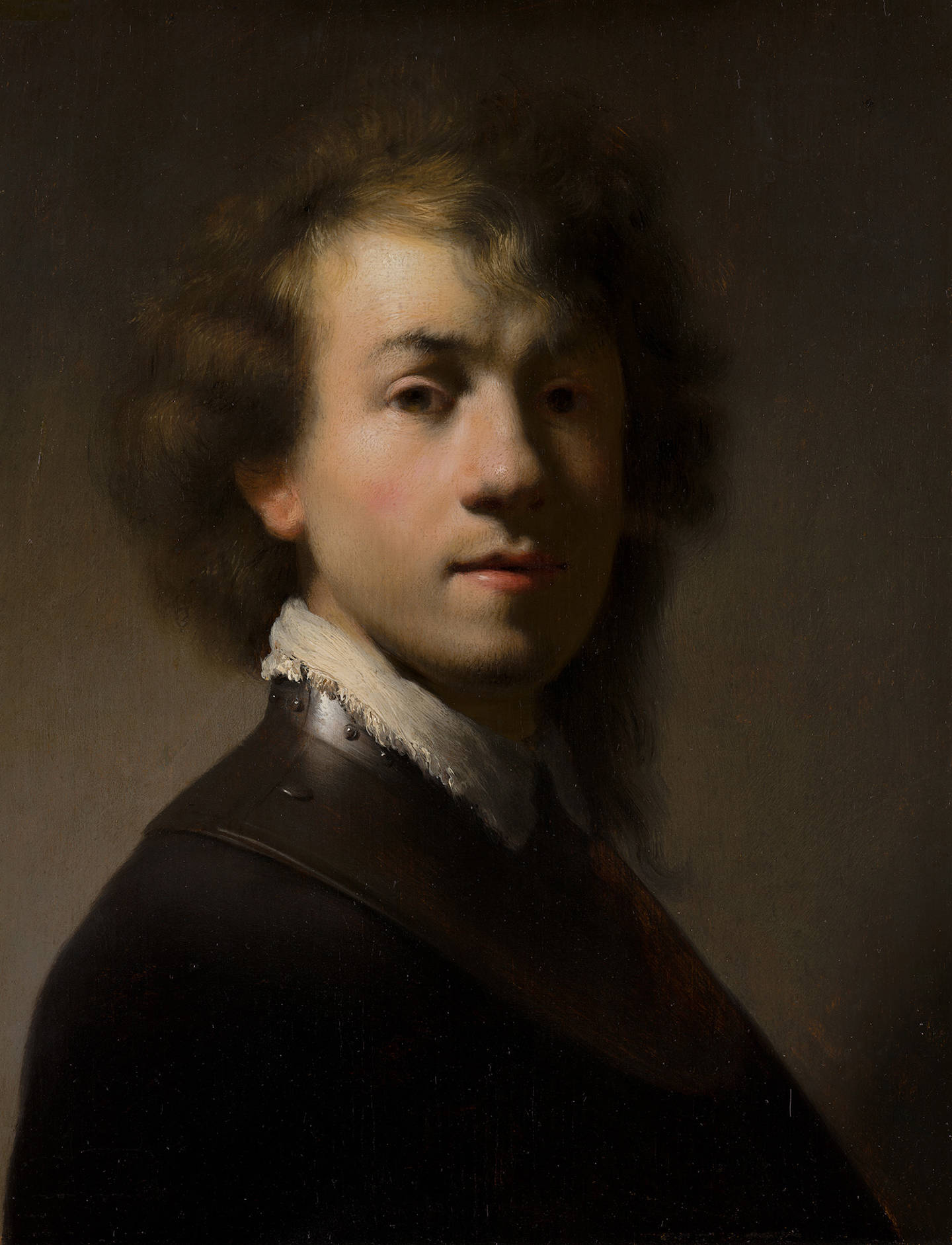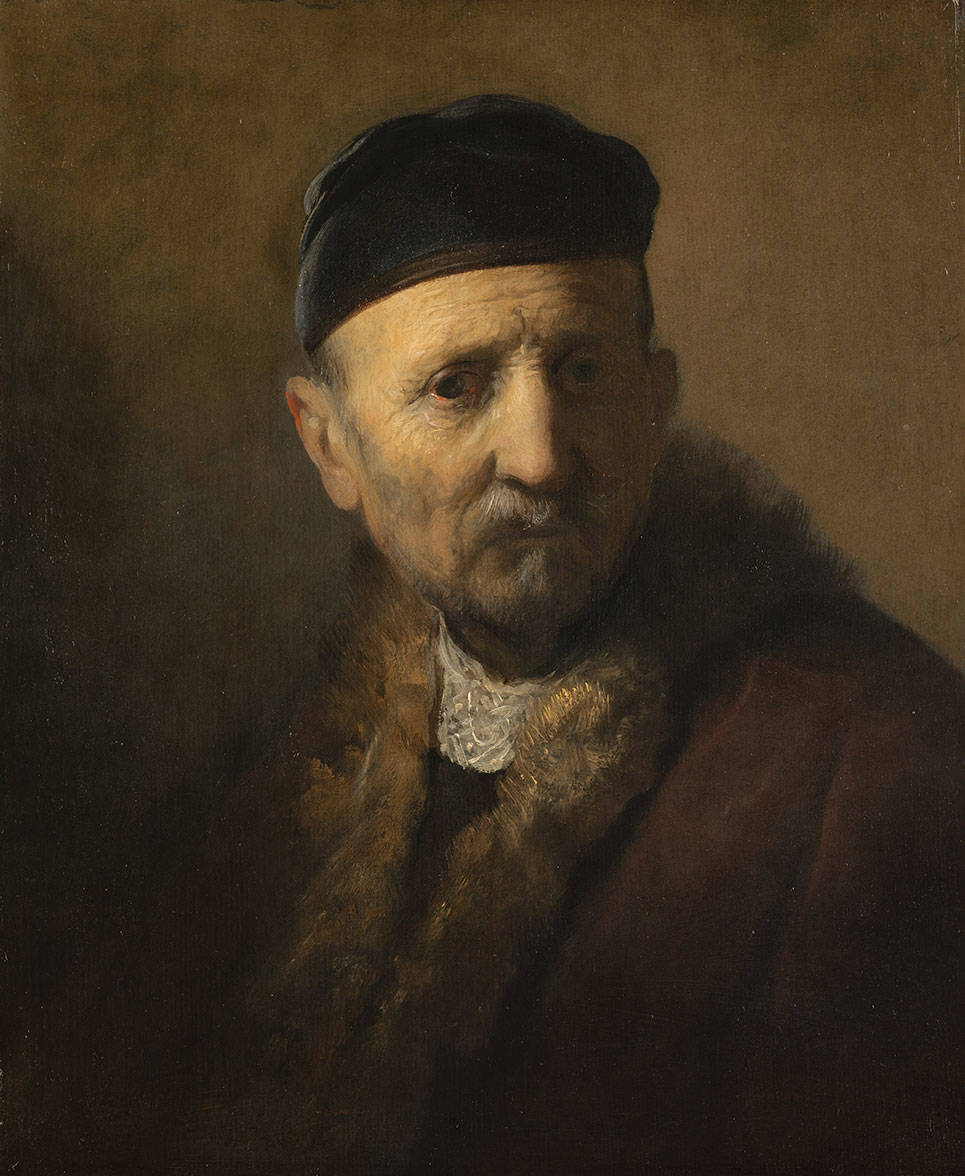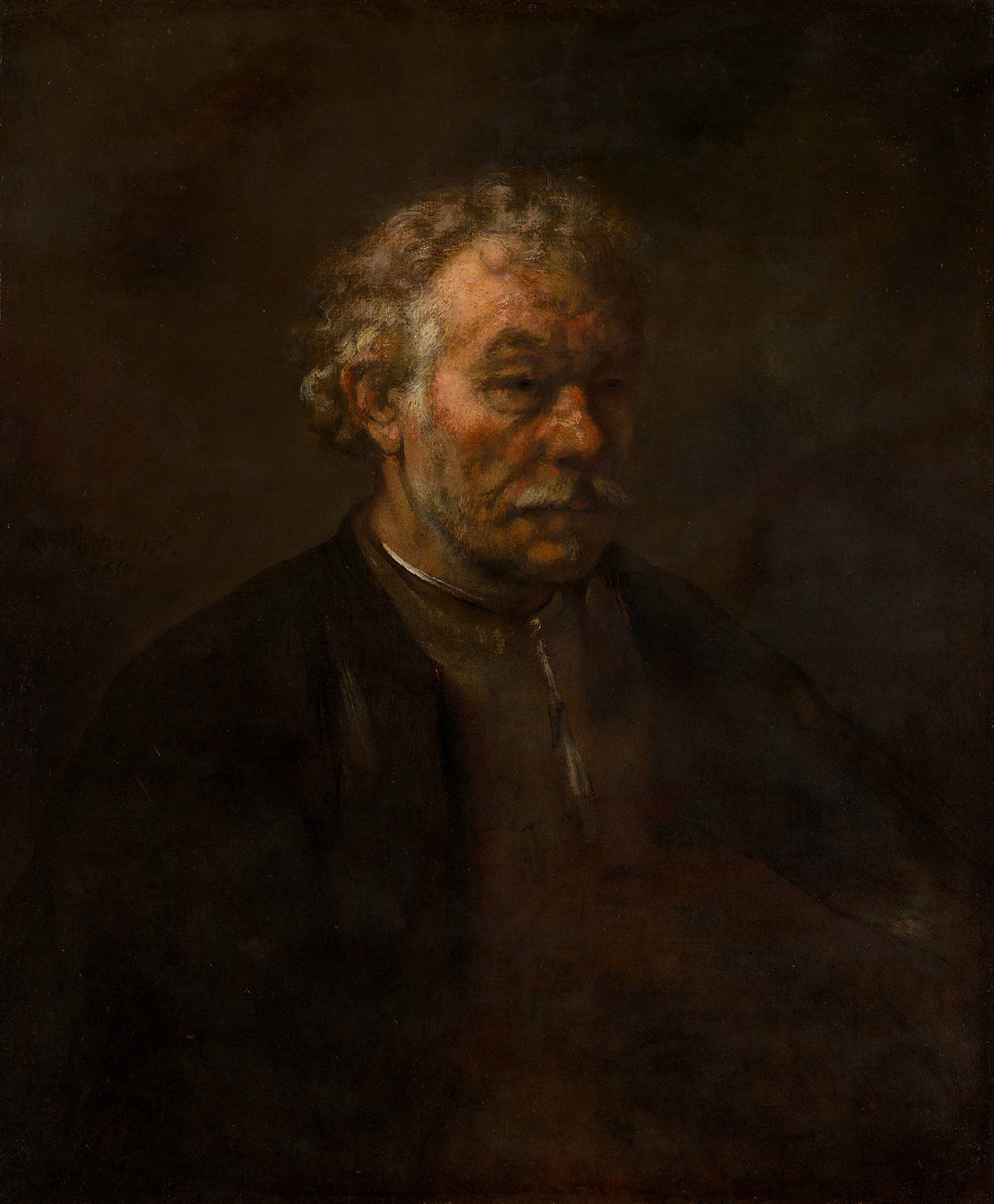Two “Rembrandts” at the Mauritshuis are not by the Master

Two paintings at the Mauritshuis museum in The Hague that were long attributed to Rembrandt were not painted by the master himself, the museum said during a presentation last Thursday.
The Mauritshuis and Rembrandt are inextricably linked. The museum houses one of the most important collections of paintings by the famous artist, comprising no fewer than eleven pieces by the painter himself. They include iconic highlights like The Anatomy Lesson of Dr. Nicolaes Tulp, Homer and a Self-Portrait painted in the year of his death.
The Mauritshuis also has seven paintings that have once been purchased as Rembrandts, but which have now been written off or are strongly called into question. Three of the paintings in this last category were recently re-examined in our conservation studio with the most modern techniques available to us today. Two of those works have also been restored. What has this taught us? Rembrandt research is never done, and that includes the work we do at the Mauritshuis.
Portrait of Rembrandt with a Gorget was acquired by Stadtholder William V in 1768. For years, the painting was regarded as an absolute highlight of Rembrandt’s oeuvre, a self-portrait painted at a young age. A second version of the painting is housed at the Germanisches Nationalmuseum in Nuremberg. Until twenty-five years ago, that painting was believed to have been a copy. But then…
It all started with the discovery of an underdrawing beneath the paint layers . Nothing like that had ever been seen before in a work by Rembrandt. This prompted further investigation, and it was eventually found that our Rembrandt, our masterpiece, is the copy, and the painting in Nuremberg turned out to be the original by Rembrandt himself. Now, the painting has been restored and re-examined. The conclusion that our version is a copy was confirmed.
- Clearly, it must have been one of Rembrandt’s students. They would practice their skills at the studio by copying the master’s work. It was part of their training. So we need to find an early student or employee of Rembrandt’s. Who are the possible candidates?
- The first possibility is Isaac de Jouderville, , but this pupil was simply not good enough to produce the quality we see in this painting.
- The second possibility is Jan Lievens, a good friend of Rembrandt’s from Leiden. Lievens, like Rembrandt, was a fully qualified painter around 1630. It is unlikely, therefore, that he would copy a painting by his friend.
- That leaves Gerrit Dou. It is he who is most commonly thought to be the painter behind this portrait. He was the first well-known student of Rembrandt’s in Leiden. Dou painted very meticulously and is regarded as the founder of the fijnschilders (‘fine painters’) group of artists in Leiden. Could he have painted it? It is certainly possible, but how do we prove it?
The final verdict remains, even after the new research: copy from Rembrandt's studio.
An old man with a moustache and goatee frowns at us. He wears a brown coat trimmed with fur, and a black cap. The wrinkles on his face are painted with delicate precision.
Abraham Bredius, director of the Mauritshuis, bought the painting for his own collection in 1892, but loaned it to the museum, where it was displayed. In a piece in the Oud Holland art journal, Bredius enthusiastically referred to his acquisition as ‘probably the most interesting painting of Rembrandt’s father’. But is it in fact by Rembrandt? And is the man indeed Rembrandt’s father?
Abraham Bredius was sure that this painting by Rembrandt is a portrait of his father, Harmen Gerritsz van Rijn. The man appears in several pieces by Rembrandt, and in the work of artists he associated with. For centuries, people thought they recognised Rembrandt’s father in prints, drawings and paintings.
Until, that is, a drawing of ‘Harmen Gerrits Van Rhijn’ turned up. He had a wide nose and a full beard, and looked quite different from the ‘father’ in our painting. So we think that the old man was a model Rembrandt paid to sit for him at his studio. The painting is not a portrait, but a tronie: a study of an old man that is full of character. So not a family portrait at all.

This painting has been tampered with at some point in its existence. Technical analysis has shown that the background was overpainted long after it was first finished. A sample of paint was removed from the background using a scalpel. Under a microscope, it is possible to see the different layers of paint. The top, ochre-coloured layer is the overpainting.
An x-ray fluorescence spectrometer allowed us to identify the chemical elements in the layers of paint. So we know exactly which pigments the painter chose. Here, you can see a scan of the element copper. The overpainted background fluoresces slightly because the pigment containing copper is verditer, a pigment that Rembrandt was not using in circa 1630. The overpainting probably dates from the early 18th century.
The overpainting was applied directly on top of the original paint, and it has become very hard. We have not (yet) succeeded in finding a solvent that will allow us to safely remove it, but techniques are advancing rapidly.
Final verdict: made by an employee of Rembrandt's studio.
Director Abraham Bredius was delighted when the Mauritshuis purchased this painting in 1891. ‘A specimen from the artist’s most mature period’ he called it. It was the first late work by Rembrandt in the collection, so it was an important acquisition. The old man in the painting was identified as Adriaen van Rijn, the artist’s brother.
Yet doubts were raised as to whether it was a real Rembrandt. For many years, it was difficult to say for sure, as the painting was in poor condition, with many layers of discoloured overpainting.
Thanks to recent conservation work, we now have the opportunity to take a fresh look at Study of an Old Man. One interesting outcome of the investigation so far is the conclusion that Rembrandt’s signature is entirely genuine. So we now face a dilemma, as doubts about the attribution persist. How is this possible?

Rembrandt’s name was written while the painting was still wet. So it is part of the original painting. The handwriting in the signature also seems entirely correct, and does not differ from other signatures by Rembrandt. There is however something wrong with the dating, which was applied later using a different paint. The year is definitely not written in Rembrandt’s handwriting.
Now that the conservation work is complete, we are better able to investigate who painted it, by carefully observing and comparing. Compared with the late self-portrait by Rembrandt, also displayed in this room, the nose is less clear. The light catching the nose in the self-portrait really makes it stand out.
The left eye is also very patchy, and this is not only because of damage to the paint. If you look at Rembrandt’s Self-Portrait and Homer (also in this room) you will see that every brushstroke is just right. Study of an Old Man is less accomplished. We believe that it is the work of a student attempting to imitate the style of the master.
You might think “Rembrandt signed it, so it must be ‘a real Rembrandt’.” But it’s not that simple. It was not unusual for a master to sign the work of a student. If it was painted at Rembrandt’s studio, it was his ‘product’. With Rembrandt’s signature, a painting by a student could be sold as if it were a piece by the master.
Provisional verdict: Possibly by a student or an employee of his studio, or perhaps by Rembrandt himself? The question mark remains.
Main Image: Rembrandt (studio copy), Portrait of Rembrandt with a Gorget, c.1629
